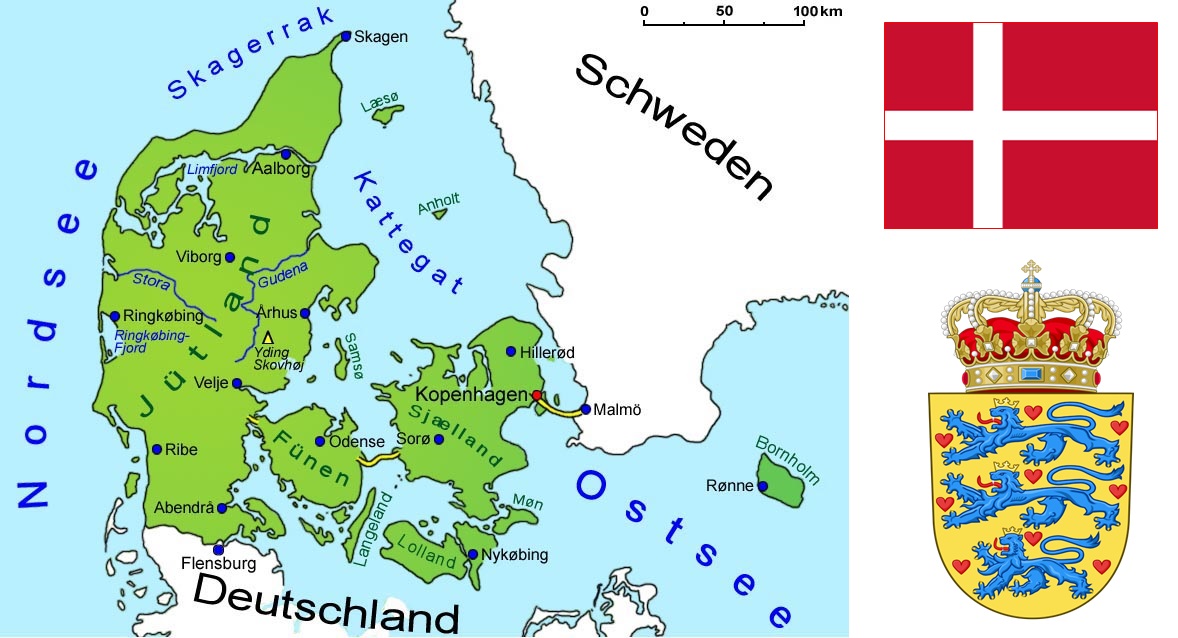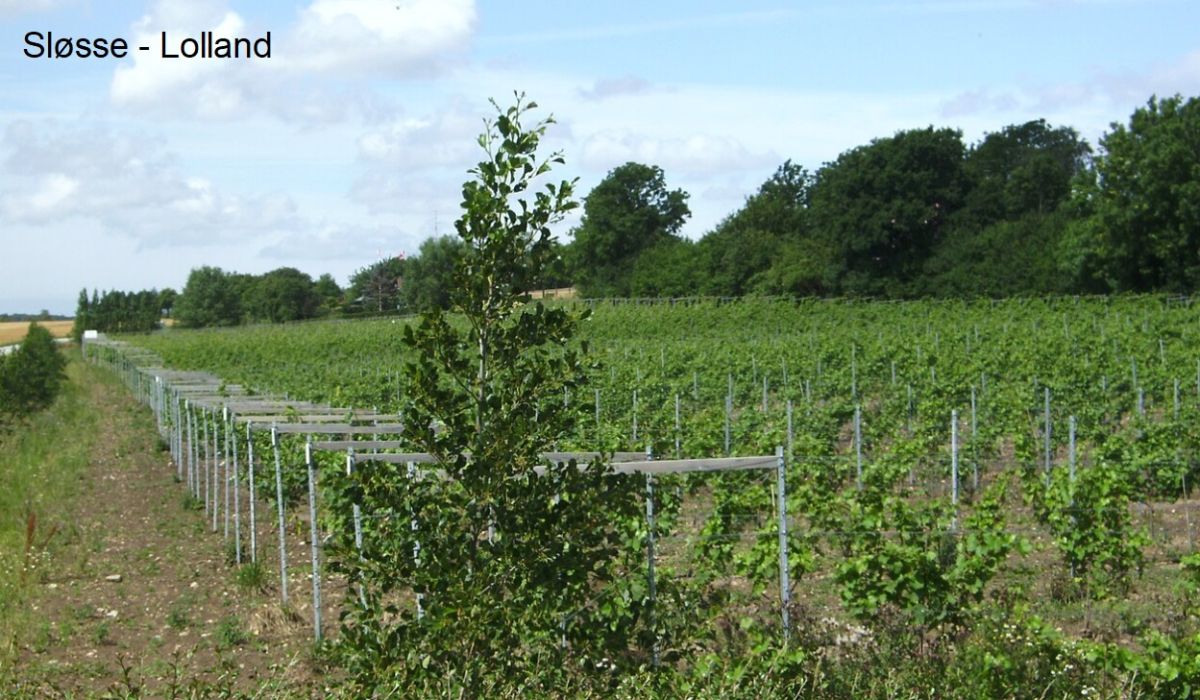Results
2,284 Results
Loading more Results ...
Loading more Results ...
Wine regions in Denmark 1 growing regions
Description to Denmark
The Kingdom of Denmark (Danish: Danmark) in Northern Europe with its capital Copenhagen consists of three parts. The heartland covers 43,094 km², of which 23,872 km² are on the Jutland peninsula and the rest on islands. The Faroe Islands (1,395.74 km²) are an autonomous part of the Kingdom of Denmark and consist of a group of 18 islands in the North Atlantic. Greenland is a politically self-governing part of the Kingdom and, at 2,166,086 km², is the largest island in the world. The majority of the land area lies in the North Atlantic or Arctic Ocean. Denmark's only land border is with Germany. The 7,845 metre long Öresund Bridge has formed a fixed transport route to Sweden since July 2000 (see map). Since 2022 there has also been a border with Canada on the Hans Island.

History
Denmark is not an important wine-growing country, but people have always enjoyed drinking wine there, mainly imported from Germany and France. One of the most prominent wine lovers was King Christian IV (1577-1648). He had barrels of Riesling imported from the German wine-growing region of the Middle Rhine for his numerous celebrations.
Wine-growing regions
Since August 2000, Denmark has been recognised by the EU as a wine-growing region and Danish wine can be marketed for commercial purposes. In 2007, the EU authorised the labelling of the region, vintage and grape variety for the first time. There are four wine-growing regions - Bornholm, Funen, Jutland and Zealand - with a protected geographical indication. Since 2018, "Dons" has been a protected designation of origin for wine from the village of the same name in Almind Sogn near Kolding.

Grape varieties
The authorised white wine varieties include Auxerrois, Bacchus, Chardonnay, Ehrenbreitsteiner, Goldriesling, Huxelrebe, Kerner, Kernling, Madeleine Angevine, Merzling, Optima, Ortega, Pearl of Zala (Zala Gyöngye), Phoenix, Pinot Blanc, Précoce de Malingre, Regner, Siegerrebe and Solaris, as well as the red wine varieties Cabernet Cortis, Muskat Donskoi, Dunkelfelder, Léon Millot, Maréchal Foch, Pinot Meunier, Pinot Noir and Rondo. There are many new varieties, especially German ones.
Producers
There are around 90 commercially operated wineries. The first wine producer was Skærsøgaard Vin (winemaker Sven Moesgaard) near Kolding in south-east Jutland near the coast (Little Belt). Red wine, white wine and sparkling wine are produced here. Other producers are Dansk Vincenter, Frederiksborg Vin, Vinperlen, Domain Aalsgaard (all on the island of Zealand), Lille Gadegaard (island of Bornholm), Dyrehøj Vingaard in Røsnæs near Kalundborg (the largest vineyard with around 30,000 vines) and Nygårdsminde Vingård in Brønderslev in Vendsyssel (northernmost commercial wine production).
However, Denmark's most significant alcoholic contribution is the aquavit distilled from potatoes or grain with the protected designation of origin "Danske". Danish viticulture may gain in importance due to climate change.
Map: © Goruma
Flag: by Madden and others - Own work, Public domain, Link
Coat of arms: by Wappen, CC BY-SA 3.0, Link
Source: WIKIPEDIA Denmark
Recent wines 42
 Weingut Thomas Mend
—
2018 Seyval Blanc Nørre Sem
86 WP
very good
12.80 €
Weingut Thomas Mend
—
2018 Seyval Blanc Nørre Sem
86 WP
very good
12.80 €

